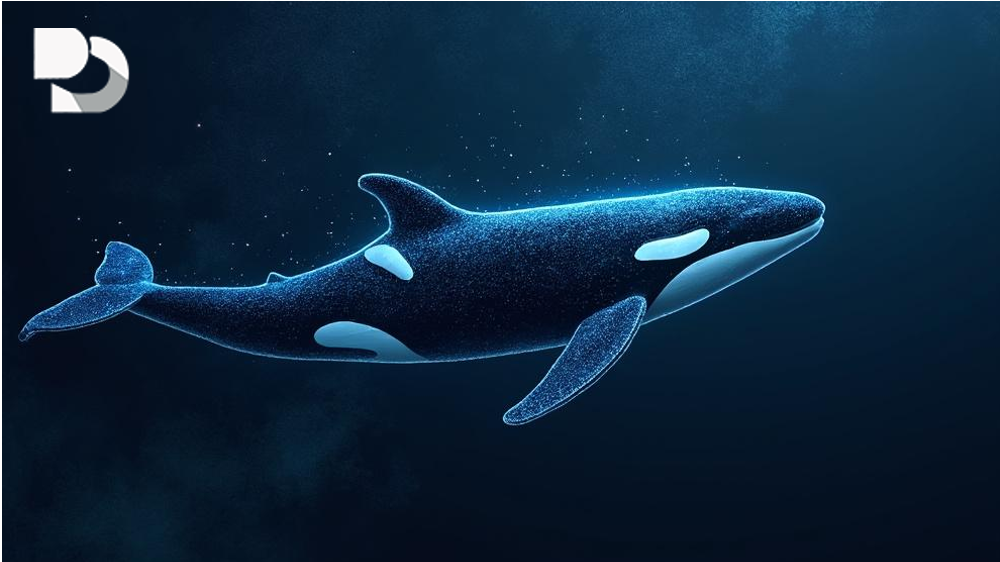
The Unnoticed Launch
I think it’s pretty telling when a major Web3 reality show launches its second season and almost nobody notices. Killer Whales season 2 apparently premiered back in May on Google Play and Apple TV, but from what I can tell, very few media outlets were even made aware. That’s kind of strange for a show that’s supposed to be a big deal in the crypto space.
Maybe the producers wanted to keep things quiet, or perhaps they just didn’t have much confidence in this new season. The first season didn’t exactly set the world on fire, so maybe they decided to lower expectations from the start.
What’s Actually Happening
After watching the available episodes, I’m struggling to understand what the show is actually about. There’s this weird parade of judges that includes some questionable choices – like featuring Aiden Ross for just three minutes in the first episode and then never showing him again. That seems like an odd production decision.
The judging panel itself is a mix of crypto exchange executives and influencers, with Anthony Scaramucci and Mario Nawfal getting the most screen time. The set looks cheap, the writing feels forced, and honestly, it’s hard to tell most of these projects apart.
The Prize Problem
Here’s what really confuses me – I can’t figure out what these projects are actually competing for. The show mentions “$1.5 million in prizes” and something about a “CoinMarketCap accelerator program,” but they never explain what that means or how it’s valued.
Even if we assume every project that gets approved splits a cash prize pool, we’re talking about maybe a couple hundred thousand dollars per project. For crypto projects that have already raised millions in venture capital, that’s practically pocket change. It makes you wonder why any serious project would bother participating.
Viewership Decline
The numbers tell a pretty clear story. Episode one got around 25,000 views on YouTube, but by episode four, we’re down to just a few hundred views. That’s a massive drop-off that suggests people are voting with their clicks.
Some of the projects featured are just bizarre. There’s one talking about 3D NFTs as the future, another shilling a memecoin from a Cybertruck, and they even accidentally funded a Solana sniping bot. TransHuman Coin, which describes itself as pushing humanity’s capabilities to avoid death and disease, was one of the few projects that actually saw its token value increase since the show aired.
Looking at the data, it’s interesting that the only two projects that gained value weren’t even funded by the show’s judges. That makes you question the entire premise of the show’s selection process.
Perhaps the biggest issue isn’t that Killer Whales is about cryptocurrency – it’s that most of the featured projects aren’t real businesses. They’re mostly memecoins and what appear to be potential rug pulls. The show takes the worst elements of Shark Tank and combines them with the most boring parts of The Apprentice, creating something that’s both confusing and uninteresting.
It’s a shame because the concept could work with better execution. But as it stands, Killer Whales season 2 feels like a missed opportunity that few people even noticed was happening.
